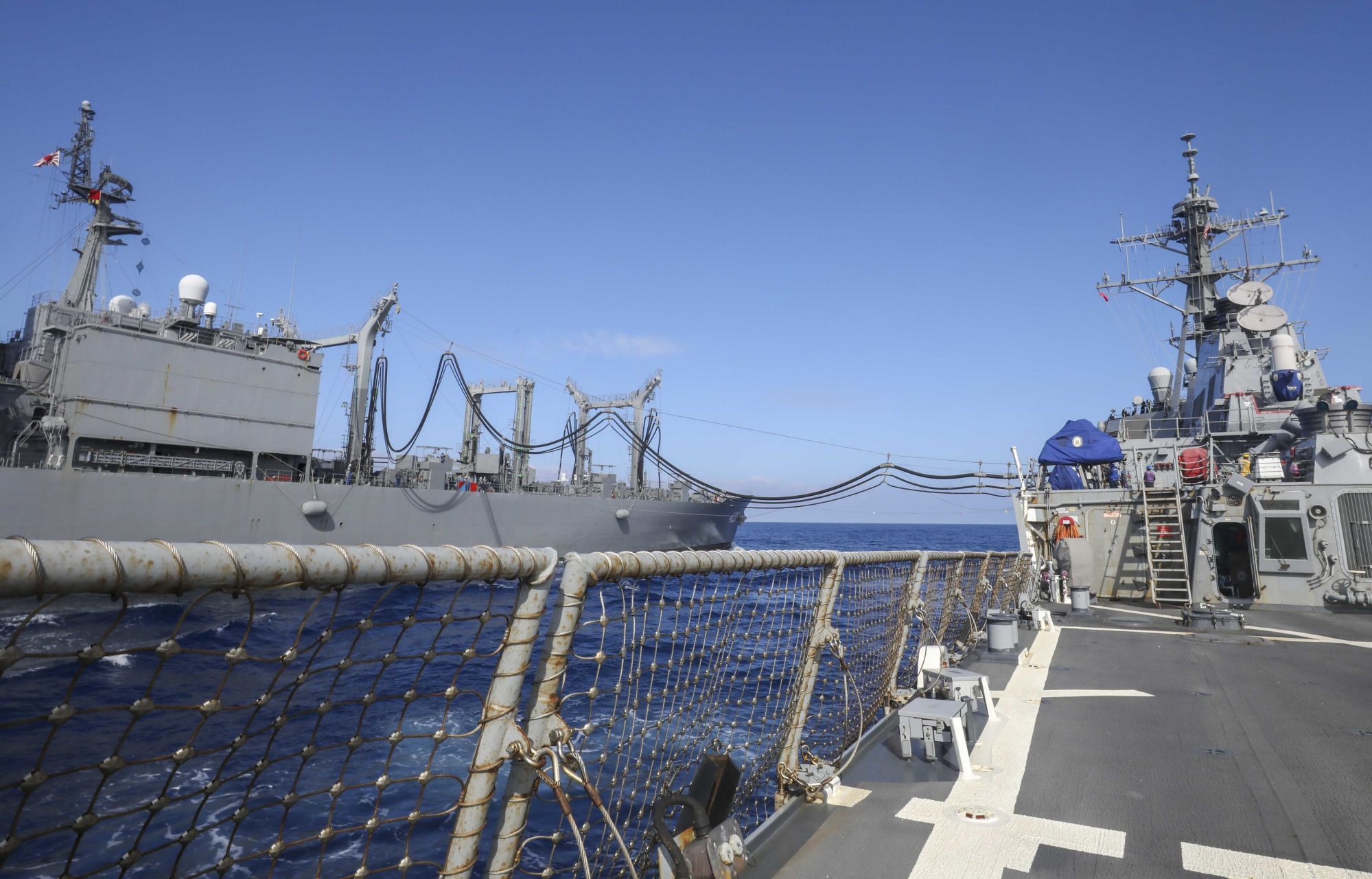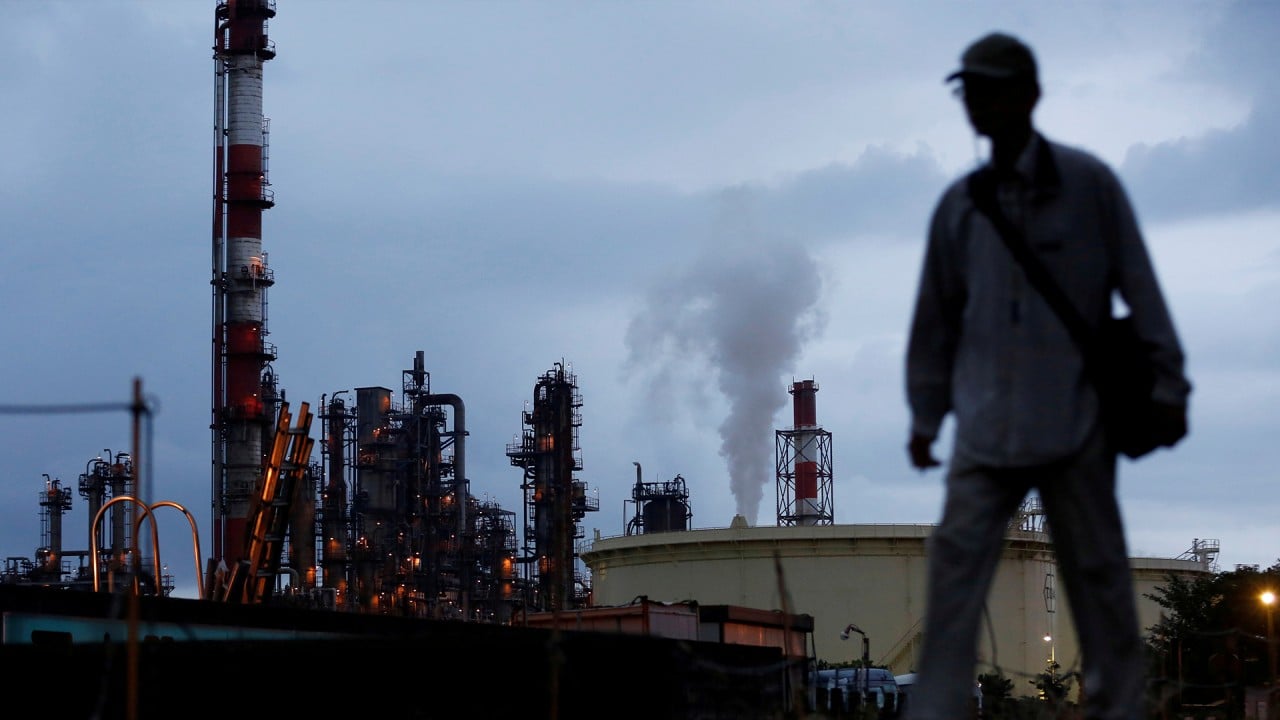
How Kishida is inching Japan towards a more China-friendly stance
- The new leader wants to focus on post-pandemic economic growth and sustainability, and that may mean more dealings with China
- Kishida cannot afford to fuel tensions with Beijing by taking sides with Washington and is treading a fine line on issues such as Taiwan, Xinjiang and the Olympics
Fumio Kishida, Japan’s new prime minister, may become the nation’s first leader in the post-Cold-War era to not have visited Washington in the first 10 months of his term, without a specific reason.
The only exceptions are Tsutomu Hada, who spent only 64 days as leader in 1994, and Emperor Hirohito, who spent just five days in the United States during his reign.
Kishida wants to avoid the fate of his predecessor Yoshihide Suga, who took time off during last year’s Diet to visit Washington while coronavirus cases were surging, leading to a decline in his approval ratings and ultimately his resignation on September 3.
Under Japan’s landmark economic policy, Abenomics, the Nikkei Stock Index more than doubled in the nine years to 2021. However, real GDP was up only 0.5 per cent per year while the United States enjoyed 2 per cent growth on average. Abenomics also widened the gap between the rich and poor.
One of Kishida’s election campaign pledges was to push for distribution of wealth among all Japanese people, which means breaking with Abenomics. At the same time, he promised to focus on achieving carbon neutrality by 2050 – a Japanese Green Deal.
The world’s third-largest economy must increase its use of sustainable energy from 18 per cent in 2019 to more than 70 per cent by 2050. As a result, Japan will need to import more graphite, rare earth metals, copper, nickel, zinc and lithium to boost its sustainable energy mix.
China currently produces more than 60 per cent of the global output of graphite, 60 per cent of rare earths and 30 per cent of zinc. It also dominates the refining and processing market of all six critical minerals, according to the International Energy Agency.
Therefore, Japan may find itself leaning towards trade with China, something Japan’s Federation of Economic Organizations and many other Japanese companies support.
This will strengthen Japan’s deterrent capabilities, but Kishida wants to focus more on peace in Asia, including with China, given that Tokyo remains unsure of US commitment to the nation.
Japan needs to regain its political and economic confidence to emerge from its “lost decades”. But regional tensions mean it needs to build bridges with both superpowers.
However, the question is whether Japan can ride two big, robust horses simultaneously. The answer is “no”, but Kishida has already started inching closer to China, calmly and skilfully.

For example, secretary general of the Liberal Democratic Party Toshimitsu Motegi shelved a Diet resolution condemning China on December 17, less than 24 hours after the US Senate passed the Uyghur Forced Labor Prevention Act.
Meanwhile, Kishida has other critical issues to manage. The most painful is the ongoing Sino-Japanese territorial dispute over the Senkaku (Diaoyu) Islands.
He appointed Tetsuo Saito, a member of the Komeito party who has been accused of being too pro-China, as minister of the department that oversees Japan’s coastguard. The 2022 budget for the coastguard, at 222.1 billion yen (US$1.94 billion) is only a 0.45 per cent increase from the previous year, which suggests Japan does not want to inflame the issue.
With regard to the Taiwan Strait, Japan has no reason to support Taipei in its dispute with Beijing, having acknowledged the People’s Republic of China’s sovereignty over Taiwan when it signed the Japan-China joint communique in 1972.
In the Joint Statement of the US-Japan Security Consultative Committee on January 7 this year, both sides “underscored the importance of peace and stability in the Taiwan Strait and encouraged the peaceful resolution of cross-Strait issues”, as in the past.
Foreign Minister Yoshimasa Hayashi, one member of the committee, stood down last year as chairman of the Japan-China Parliamentary Friendship League, after serving more than three years, to “avoid causing unnecessary misunderstanding”.
There are whispers that the Biden administration is not keen to welcome Kishida to Washington due to his pro-China attitude. Maybe that’s true. But Japan understands that it stands at a turning point.
In Japanese cuisine, a sashimi plate consists of raw fish (sashimi) and tsuma, or garnish (shredded radish or parsley). The US and China are now on the same sashimi plate. As is well known, Japanese people eat the sashimi, not the tsuma.
Yoshihiro Sakai is a professor at Chubu University, Japan. This article reflects the author’s own views



